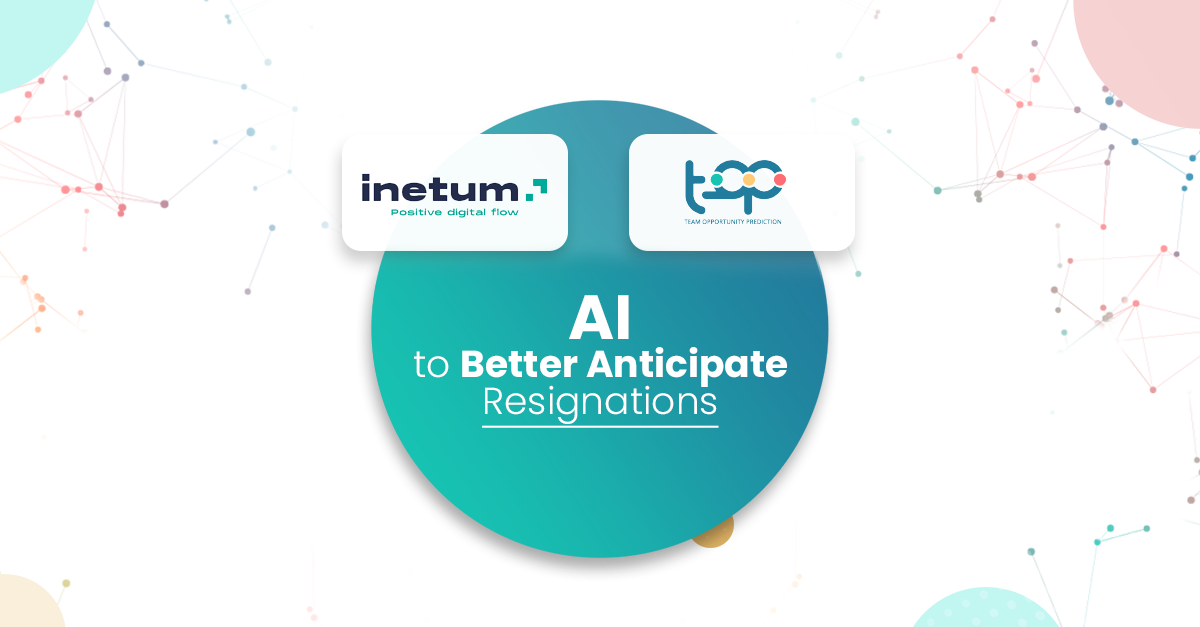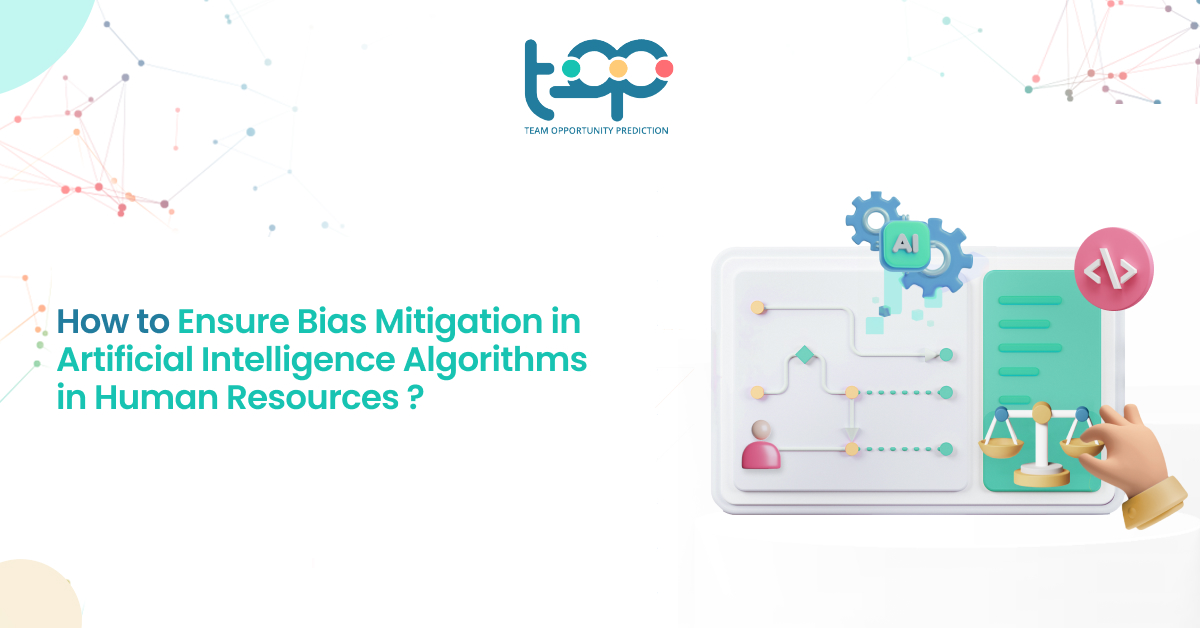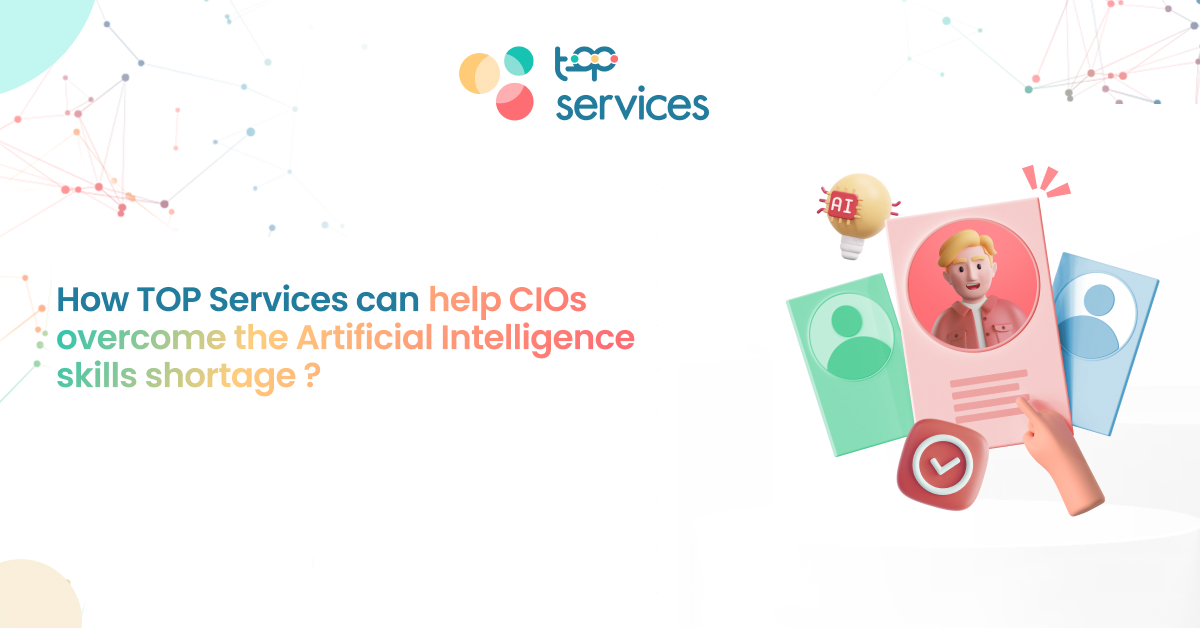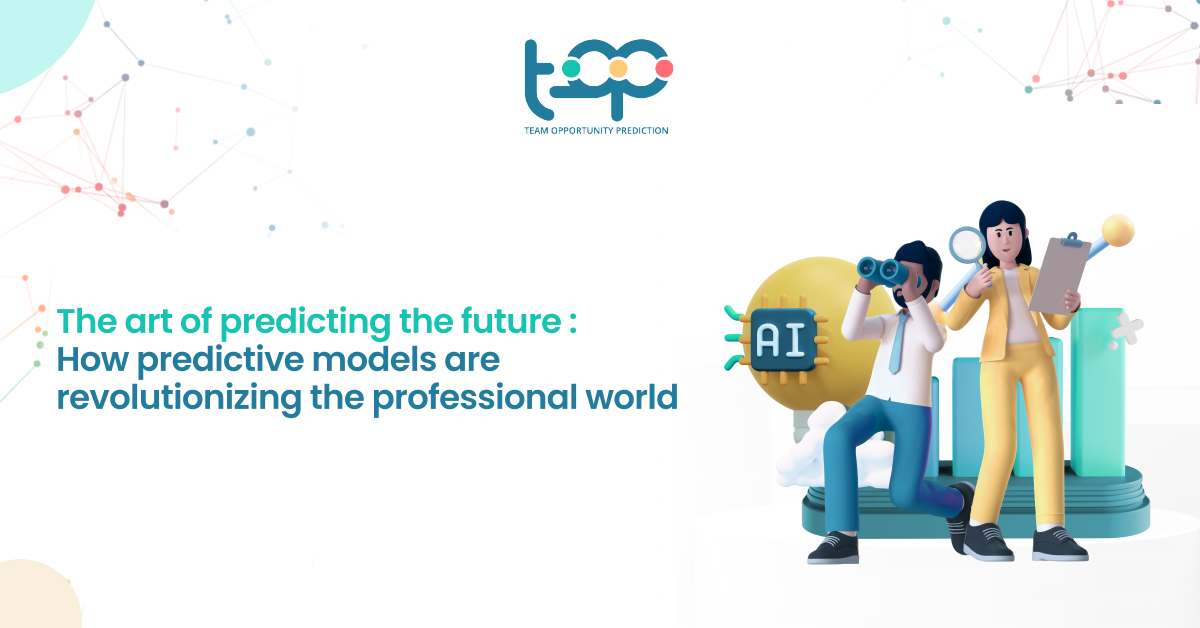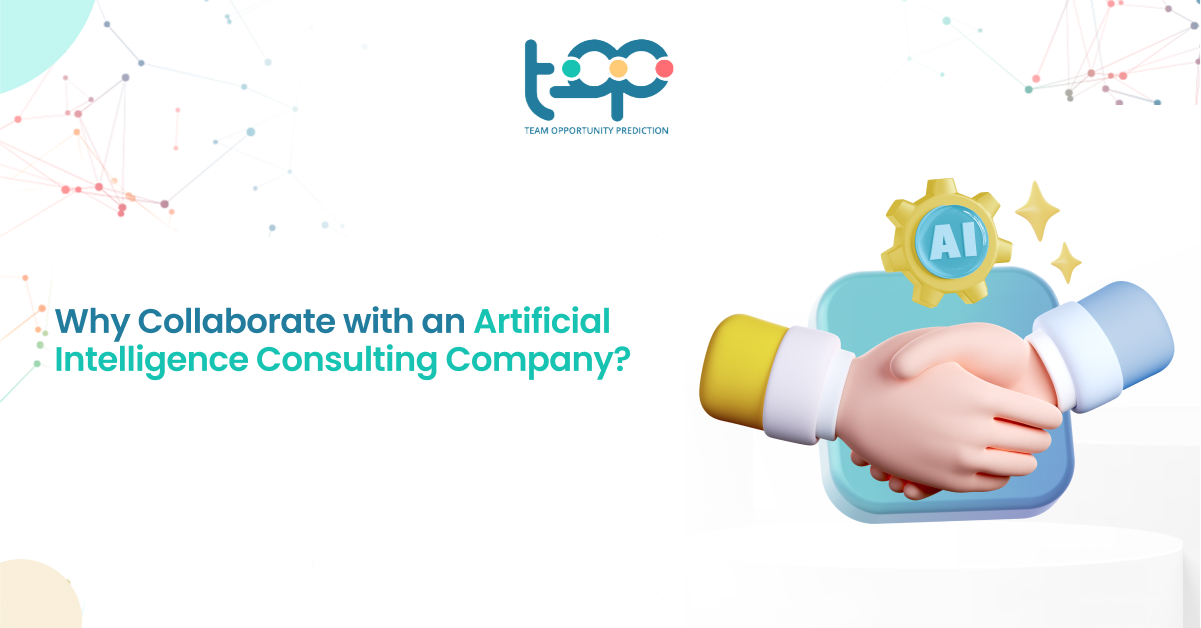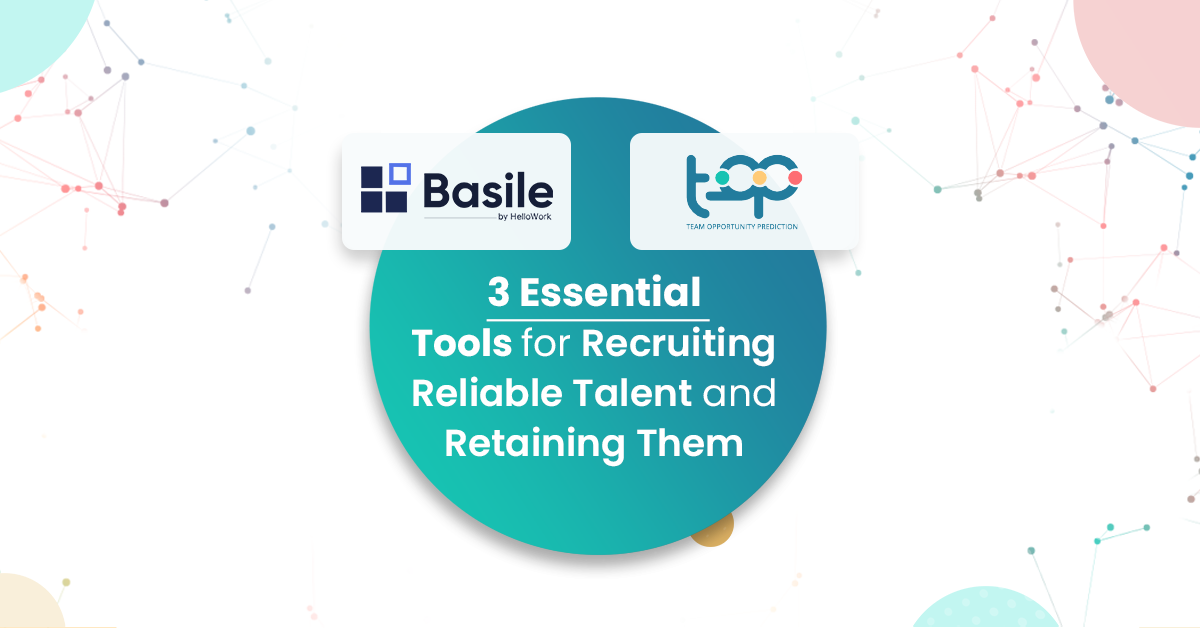Users – HR, HRBPs, Managers, Executives
Introduction:
With the rising influence of artificial intelligence, HR practices are undergoing a transformative shift. Technologies derived from AI enhance the management, analysis, interpretation, and understanding of company data, especially those related to HR departments.
In the era of the “Great Resignation,” AI plays a crucial role in supporting HR professionals to effectively utilize data in identifying potential resignation risks.
This article explores how AI addresses the challenges posed by the Great Resignation and facilitates better anticipation of employee departures.
The Great Resignation in the Aftermath of the Pandemic:
The phenomenon commonly known as the “Great Resignation” describes a situation where a significant number of individuals decide to leave their jobs, particularly following the COVID-19 pandemic and its economic and social consequences. This can be attributed to various factors such as job loss, reduced working hours, increased financial pressure, family responsibilities, and remote work.
Reference: The Great Resignation in France
The Great Resignation has accelerated with the advent of the health crisis, disrupting the job market. In France, between late 2021 and early 2022, approximately 520,000 resignations were recorded per quarter, including 470,000 permanent contract resignations, surpassing the levels seen in the same period in 2019, pre-crisis (Source).
Various reasons contribute to the Great Resignation, as highlighted by a study by Unedic. Survey respondents include those looking to change their profession or employer, shift to a different industry, or seek further training within their current profession for career advancement.
According to a Microsoft survey, 52% of respondents from Generation Z (18 to 26 years) and employees aged 27 to 41 stated they were likely to change employers last year, hoping for more benefits and workplace flexibility. This underscores the need for HR to adapt conditions to retain employees and address resignations more effectively.
Data Management/HR Analytics: A Turning Point?
HR analytics focuses on selecting and wisely using data to optimize ROI. It aims to establish correlations between seemingly unrelated variables, such as the impact of home location on absenteeism or workload surges.
Challenges of HR Analytics Deployment:
- Limited readiness of corporate culture for adoption.
- Insufficient quality of HR data.
- Lack of skills and resources.
HR analytics enhances data utilization to better understand employees’ needs, covering aspects like employee satisfaction, turnover, team engagement, and training requirements.
Despite its potential, several barriers hinder the widespread adoption of HR analytics. Overcoming these challenges requires suitable guidance and the use of tailored solutions.
The Link with AI:
Implementing AI enables companies to identify precise reasons for resignations and leverage this feedback to gain deeper insights into their employees, fostering success and retaining them.
Is Artificial Intelligence the Solution?
AI brings numerous benefits to companies, offering a comprehensive solution to the Great Resignation through its predictive, analytical, and data understanding capabilities. When combined with precise data preparation (HR Analytics), AI can significantly improve performance in addressing this challenge.
Integration of AI in HR Departments: Impact on Resignation Anticipation?
Preventing the Great Resignation through AI:
AI has become an increasingly accepted trend in businesses. Employees are now aware of the benefits it brings, making their daily work easier and more enjoyable. Significant statistics include:
- 52% of employees believe AI will make their work easier and more enjoyable.
- 31% agree that AI will make them more responsive to clients.
- 41% affirm that AI will help free up time for more creative tasks.
Today, numerous dedicated solutions leverage AI to address various HR challenges. Examples include:
- TOP: A best-of-breed solution for anticipating resignations through a robust predictive model powered by AI, incorporating the determination of the best preventive or corrective actions.
- Retorio: A behavioral intelligence platform that identifies, hires, and develops an ideal team based on candidates’ personality and behavior.
- Edligo: A talent management and learning solution based on data, fueled by AI for companies, educational institutions, and ministries.
- CruncHr: Making better HR decisions based on data-driven information.
Anticipating Resignations with AI:
Consider a SaaS solution like TOP Leveraging AI for resignation prediction, TOP assists managers, HR, and executives in real-time detection of resignation risks for each employee. The goal is to sustain teams through enhanced management support within companies.
To reduce turnover rates, TOP represents the resignation risk percentage for each employee. This figure is derived from historical HR data analyses and market data processed by the algorithm and presented on the software interface. This practice provides managers and HR with a comprehensive view of employees considering leaving or staying, with real-time alerts for identified significant risks.
Moreover, the solution advises managers to activate corrective actions to prevent resignations. TOP acts as both an advisory and predictive tool, contributing to team sustainability.
Proven Reduction in Turnover for a French Client (ESN with over 200 employees) in Less Than 6 Months:
Aymax, an ESN specializing in digital solution development and ERP/SAP integration, faced talent market challenges and turned to TOP for a solution.
Six months after integrating TOP, notable results were achieved:
- 22% reduction in turnover.
- Identification and reengagement of 17 employees out of 200.
- 88% reliability in resignation predictions.
- ROI of €231,000, considering the average cost of resignation estimated at €15,000.
To discover the success story from the inside, find the testimonial of Yosra Daoussi, Human Resources Manager at Aymax.
AI-Based Model, HR Data, and Market Data:
TOP’s algorithm relies on historical HR data collected from the company (often through the SIRH) and its market. After the selection, TOP integration teams implement this data into the model. The algorithm then comes into play with machine learning, analyzing the data to translate resignation predictions and other functionalities.
All this data is continuously updated to ensure relevance and adapt to market changes. With deep learning, the solution learns autonomously in response to evolving trends and additional data.
Each model built by TOP teams is tailored to industry-specific tensions, ensuring accurate turnover predictions and proposing sector-specific corrective actions.
TOP can predict a minimum of 80% of resignations through these practices. It acts as both a guide and advisor, providing substantial support to managers in reducing turnover.
Conclusion:
While preventing resignations may not always be possible, AI has emerged as a valuable tool to minimize them. By integrating AI into the company’s SIRH, it becomes possible to reduce turnover rates, detect misalignments in HR management, foresee upcoming dissatisfactions, and implement appropriate corrective actions.
Today, HR departments possess a wealth of highly exploitable data. Leveraging this data has become crucial to address challenges faced by companies, especially the Great Resignation.
With a judicious selection of data and the use of AI concepts, it’s now possible to predict resignations and take necessary actions to avoid them. A solution like TOP, integrated into the SIRH, significantly reduces turnover rates, promotes the application of best management practices, ensures daily managerial comfort, and provides a real-time overview of turnover.
For more information on leading your data project, contact us.
Mehdi SMAIRY – HRIS Consultant at INETUM, the ideal partner to analyze, frame, execute, and sustain HR/data projects for our clients.
HOUDA LANGAR – Account Executive at TOP: The Manager Augmented by AI.
